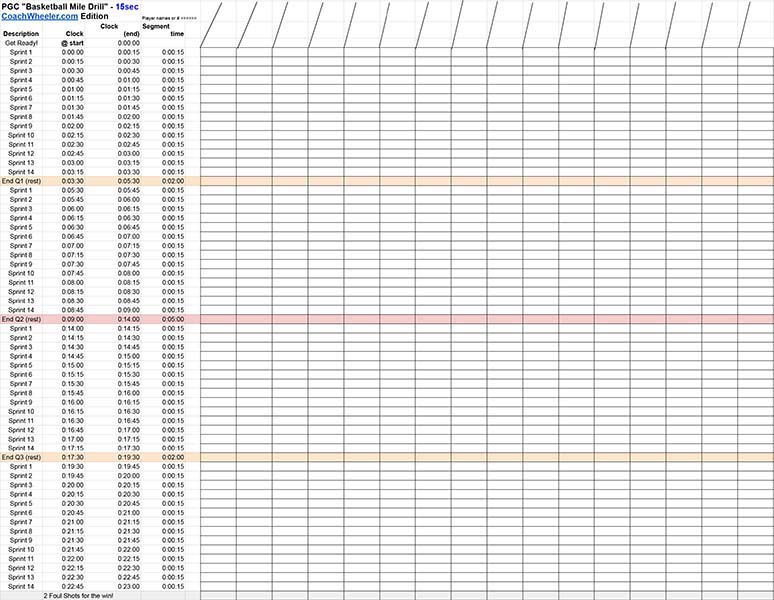These three “opportunity stories” about Airbnb, JK Rowling and Stephen Curry demonstrate what it means to SEEz Oppty.
Story of Brian Chesky and Airbnb….
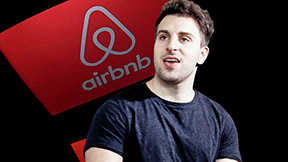
In the mid-2000s, a young man named Brian Chesky was struggling to pay his rent. He was living in San Francisco, trying to make ends meet while pursuing a dream of starting his own business.
One day, as he was brainstorming for ideas to make some extra money, he noticed that all the city’s hotel rooms were booked because of a design conference. An idea sparked in his mind – what if he could rent out space in his apartment to those who couldn’t find a hotel room?
This idea was the genesis of Airbnb, the online marketplace for lodging that has since become a multi-billion dollar company. Chesky’s story demonstrates all the key points in the concept of “Seez Opportunities”.
Vision to Opportunity…
The first key point was about understanding what kind of opportunities you’re looking for. In Chesky’s case, he was looking for a way to make money, specifically a business idea. He already had a goal in mind, which was to start a successful business.
Hidden opportunities…
The second key point was about challenging your own perceptions to uncover hidden opportunities. Chesky could have dismissed the idea of inviting strangers to stay in his apartment as crazy or risky. But he didn’t. Instead, he saw the potential value in providing a more personal, less expensive lodging option for travelers. This change in perspective is what allowed him to identify the opportunity that others missed.
Tool for spotting opportunities…
The third key point was about leveraging your brain’s Reticular Activating System (RAS) to spot opportunities. The RAS is the part of our brain that helps us filter out unnecessary information and focus on what’s important. By setting a clear goal of finding a business idea, Chesky’s RAS was primed to spot relevant opportunities – like the problem of unavailable hotel rooms during conferences.
Taking Action…
The fourth key point was about taking action on the opportunities you find. Once Chesky identified the opportunity, he didn’t hesitate to act on it. He and his roommate, Joe Gebbia, bought a few airbeds and created a simple website to advertise their “air bed and breakfast”. The idea took off, and they quickly expanded it into a platform where anyone could rent out their extra space.
The opportunity in continuous improvement…
The final key point was about reflecting on your actions and adjusting your approach based on the results. After launching Airbnb, Chesky and his team faced numerous challenges. They made several mistakes, but each time, they learned from their errors and adjusted their approach. They continuously improved their platform based on feedback from users, and this commitment to learning and adapting is a big part of what made Airbnb successful.
Brian Chesky’s “opportunity story” is a testament to the power of seeing and seizing opportunities. From spotting the initial opportunity to adapting his approach over time, he demonstrated all the key steps in the process. And his success with Airbnb shows just how transformative this skill can be. Whether you’re looking for a business idea, a career move, or a personal growth opportunity, the ability to “Seez Opportunities” can open up a world of possibilities.
J.K. Rowling: A Journey from Adversity to Opportunity

In the annals of literary history, few names shine as brightly as J.K. Rowling, the author of the Harry Potter series. Her journey from hardship to extraordinary success is an inspiring testament to spotting and seizing opportunities.
The Struggle…
Before she became a household name, Rowling was a single mother struggling to make ends meet. She was jobless and living in Edinburgh, Scotland, going through a challenging phase that she described as being “as poor as it is possible to be in modern Britain, without being homeless.”
Focus First…
Defining her focus was the first step in Rowling’s journey. She had always loved writing, with countless stories penned from a young age. The idea of a young wizard named Harry Potter came to her during a delayed train journey. Despite her personal difficulties, she recognized this as an opportunity to create a unique world of magic and wonder.
SEE what’s possible…
Next, Rowling demonstrated the importance of broadening one’s perception. Given her challenging situation, writing a novel might have seemed like a daunting task. Yet, she saw it as a path to change her life. She started writing the Harry Potter series in cafes while her baby daughter slept next to her, seizing every moment to create.
Rowling’s Reticular Activating System (RAS) was at work here. By focusing on her goal of completing the novel, she was able to spot opportunities in her day-to-day life to write, even when her situation was far from ideal.
Rejection after rejection…
After finishing her manuscript, she faced numerous rejections from publishers. However, Rowling seized the opportunity to learn from these rejections. She persevered, believing in her story and characters, demonstrating the ability to reflect and adapt in the face of adversity.
The opportunity she was looking for finally arrived when Bloomsbury Publishing decided to publish her book, primarily persuaded by the CEO’s eight-year-old daughter who loved the first chapter. It wasn’t an instant hit, but the opportunity had been seized, and the stone set in motion.
Opportunity in the US…
The real breakthrough came when Scholastic Inc. won the auction for the rights to publish the book in the US, giving her much-needed financial relief and international exposure. As she saw the opportunity unfold, she capitalized on it, working tirelessly on the rest of the series.
J.K. Rowling’s Harry Potter series became a worldwide phenomenon, inspiring millions of readers and leading to a multi-billion-dollar franchise, including films, merchandise, and theme parks. What started as an idea on a delayed train journey, spotted and seized by a single mother during the toughest time of her life, became one of the most influential series in modern literature.
The Journey…
Rowling’s journey demonstrates the power of seeing and seizing opportunities. From identifying her passion for writing, to persisting despite rejections, her story reminds us that opportunities can come from the most unexpected places. It takes a clear vision, broad perception, resilience, and the courage to take action when the chance appears. It is a true “opportunity story”!
Rowling once said, “Rock bottom became the solid foundation on which I rebuilt my life.” Her journey from rock bottom to the heights of literary success is an inspiring real-life example of seeing and seizing opportunities, providing invaluable lessons that we can all learn from.
The Inspiring “Opportunity Story” of Stephen Curry

Stephen Curry is an exceptional figure in the world of sports. He’s a two-time NBA MVP and a three-time NBA champion. Yet, his rise to stardom wasn’t straightforward. His journey perfectly encapsulates the process of spotting and seizing opportunities, which has led to his extraordinary achievements.
Growing up…
Growing up, Curry was not considered the typical basketball prodigy. He was overlooked due to his smaller size and lean build, attributes that defied the conventional idea of a basketball star. However, instead of being disheartened, Curry saw this as an opportunity to redefine expectations and focused on developing his unique style of play.
Curry’s interest was clear; he wanted to excel in basketball. His goal was to play at a high collegiate level, aiming for Division I schools, but none of the top schools recruited him. Here, he utilized the concept of Reticular Activating System (RAS). He was determined to find an opportunity, he kept his focus on his goal, and in return, his brain helped him spot potential avenues.
Rejection…
Despite the rejection from top Division I schools, he didn’t let this hinder his vision. Instead, he broadened his perception. He accepted a scholarship offer from Davidson College, a lesser-known Division I school. This move was an excellent example of challenging the traditional route and considering less obvious paths to achieve his goals.
Once at Davidson, Curry’s game flourished. He was now seeing opportunities every day and seizing them. He became one of the nation’s leading scorers and led the Wildcats on an unexpected tournament run. His performance during the 2008 NCAA Tournament, where he led Davidson to the Elite 8, was a prime example of seizing an opportunity to showcase his talent on a national stage.
Doubted …
Even with his successful college career, when the 2009 NBA Draft came, Curry wasn’t a top pick. He was selected as the seventh pick by the Golden State Warriors, a team that had been struggling for years. Many doubted his ability to perform at an elite NBA level, but Curry saw it as an opportunity.
Once in the NBA, Curry began to revolutionize the game with his extraordinary shooting and handling skills. He, along with his team, transformed the Golden State Warriors from underdogs to champions. Curry’s ability to see this opportunity, despite the odds, resulted in an unparalleled career and a transformed NBA team.
Opportunites for Growth…
Curry continually reassesses his game, reflecting on his performance and adapting his strategies. He has grown from being an excellent shooter to a versatile player who can also assist, rebound, and defend, showing his commitment to evolution and improvement.
His journey to becoming one of the greatest shooters in NBA history is a testament to the power of spotting and seizing opportunities. Curry’s story teaches us that opportunities may not always come in the shape and size we expect. It’s about adjusting our lens to spot them, having the courage to seize them, and the determination to use them to the best of our abilities.
Indeed, the “opportunity story” of Stephen Curry is a perfect real-life example of the “Seez Opportunities” mantra. It shows that opportunities are always around us – we just need to know how to identify and seize them. It’s a lesson not only applicable in sports but also in every facet of our lives.
Comment?
Please leave a comment to let us know if these “opportunity stories” helped you think about how to SEEz Oppty. Were they interesting? If you want to read Coach Wheeler’s article on how to SEEz Oppty, click here.



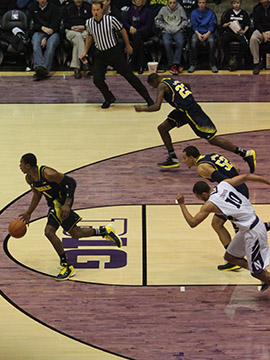



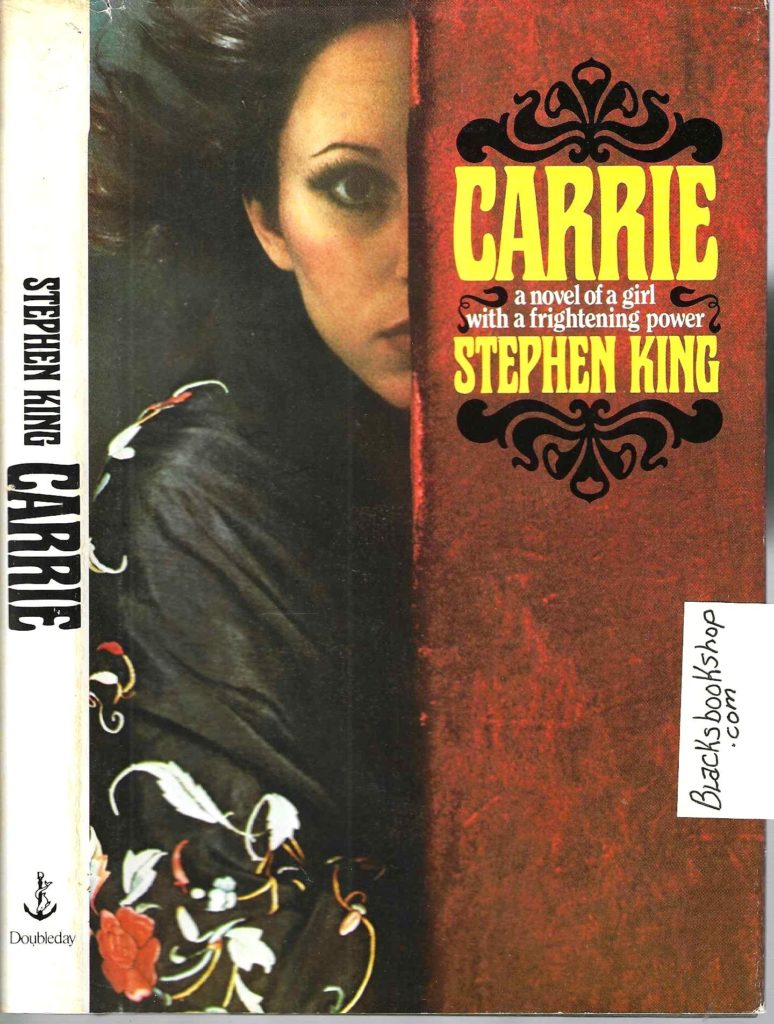
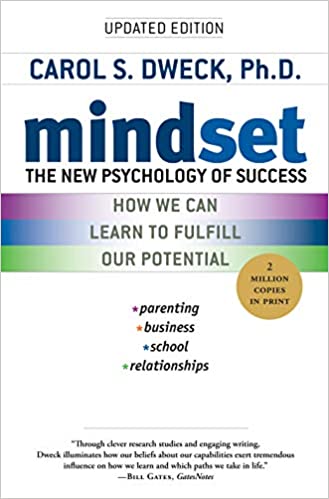
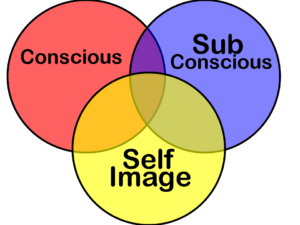 There are three parts to our mental processes. They are the conscious, subconscious and the often overlooked self-image. The conscious is where we “think our thoughts”. The subconscious is where our skills are embedded (and much of our programming such as our values and beliefs are stored). The Self Image, according to Lanny Bassham, is often missed or overlooked.
There are three parts to our mental processes. They are the conscious, subconscious and the often overlooked self-image. The conscious is where we “think our thoughts”. The subconscious is where our skills are embedded (and much of our programming such as our values and beliefs are stored). The Self Image, according to Lanny Bassham, is often missed or overlooked.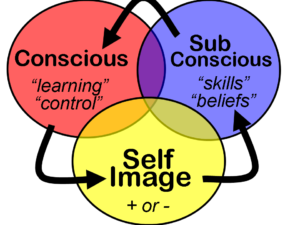
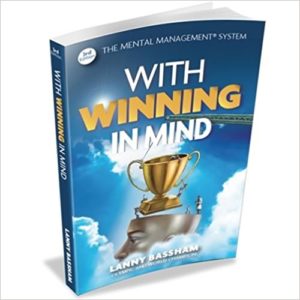 What he found out was what he turned into his Mental Management system and used to win the gold medal in the next Olympic games.
What he found out was what he turned into his Mental Management system and used to win the gold medal in the next Olympic games.
